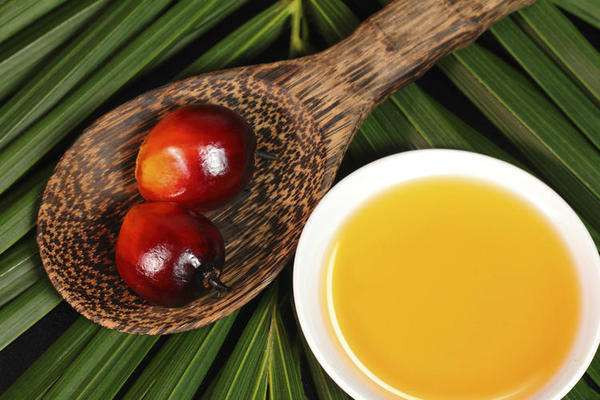Development status and Prospect of palm oil

Oil palm is the most productive oil plant in the world. As "green energy", "renewable energy", "never exhausted energy", oil palm has the reputation of "world oil king".
The technology of microwave drying and mechanical equipment provides a fast and convenient way to extract palm oil.
Palm oil is extracted from palm fruits of oil palm trees by palm oil refining machine. It is a kind of vegetable oil and can partly replace other oils, such as soybean oil, peanut oil, sunflower seed oil, coconut oil, lard and butter.
Palm oil is regarded as a competitor for soybean oil, and its output has exceeded that of soybean oil, and will show a trend of further surpassing. Palm oil is a kind of oil product with strong export intention and plays an important role in the global oil trade. Palm oil is widely used in cooking and food industry because of its high content of saturated fatty acids and poor oxidation resistance. It is also used as a raw material for cooking oil, shortening and margarine.
Palm oil production
According to FAO statistics, the planting area of palm trees in the world is mainly concentrated in Asia (Southeast Asia) and West Africa. In 2005, the planting area of palm trees in these two regions accounted for 92% of the world, especially in Asia, which accounts for 60% of the world.
At present, more than 20 countries in the world are producing palm oil. The main producing countries are Malaysia, Indonesia and Nigeria. The total output of palm oil accounts for 88% of the world total output. In recent years, the yield of palm oil has increased rapidly, which is due to the increase of planting area and yield. Before 1989, palm oil production in the world was less than 10 million T. Before 1997, output increased only slightly, moving from 10 million T to 20 million T.
Since 1998, global palm oil production has increased by leaps and bounds with the rapid growth of palm oil production in Southeast Asia. By 2006, global palm oil production has exceeded 35 million tons, equivalent to seven times the production in the 1950s.
The expansion of industrial uses of edible palm oil and palm oil has promoted the rapid increase of palm oil production. The low price of edible palm oil compared with other oil products and the rapid economic development of the world and parts of the region have set off one peak after another, thus promoting the flourishing development of palm planting industry in Southeast Asia.
Prospect
In recent years, due to the application of biofuels, trans fatty acid problems and the elimination of import quota restrictions of palm oil in China, as well as the great attention paid by the state to the development of oil market, palm oil has been more and more widely used in many fields. Palm oil is not only used in food, industry and other fields, but also began to become a variety of bio-energy, which makes palm oil has a broader development space.
In today's world energy crisis, palm oil is one of the best alternatives for the feasibility study of alternative fuels. The technical problems of palm oil as a biofuel have been solved. Once it enters the actual development stage, as long as it is promoted and publicized, it will inevitably win the favor of the market, and its market scale will gradually expand.
With the development of China's economy, the demand for palm oil products is increasing. It is necessary to expand the planting area of palm oil and invest in ASEAN market to meet the domestic market demand. To strengthen the research on the world palm oil market, especially in Malaysia and Indonesia, to strengthen the development and utilization of palm oil and its extended products, to enhance the utilization rate and added value of palm oil resources, and to upgrade the level of China's oil crop cultivation and oil processing industry.